Pride in their Flight: Medical First Responders During COVID-19
A day in the life of Michelle Hanson, a flight nurse for Airlift Northwest.
Photo Essay by Chase Hilden
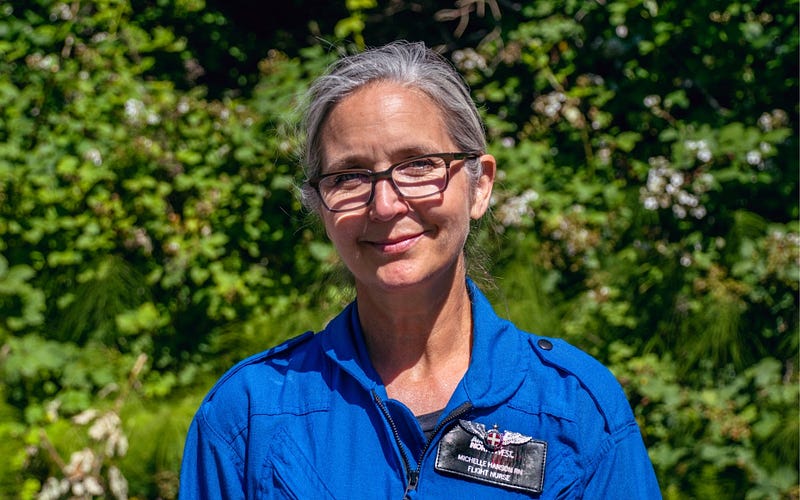

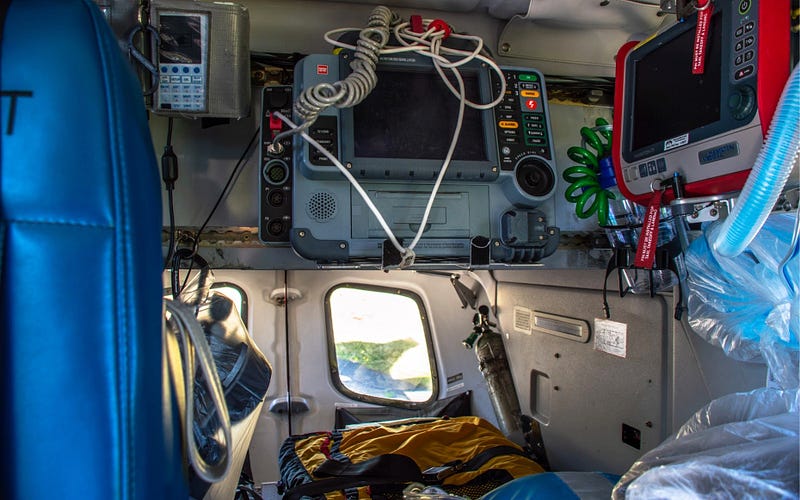
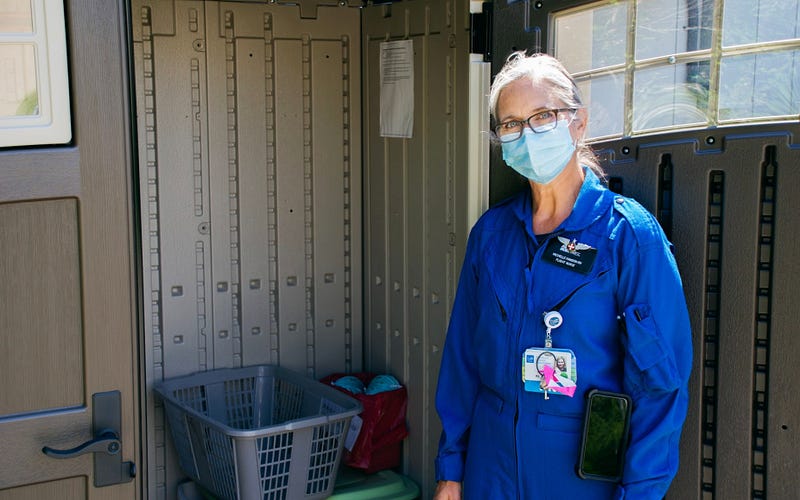
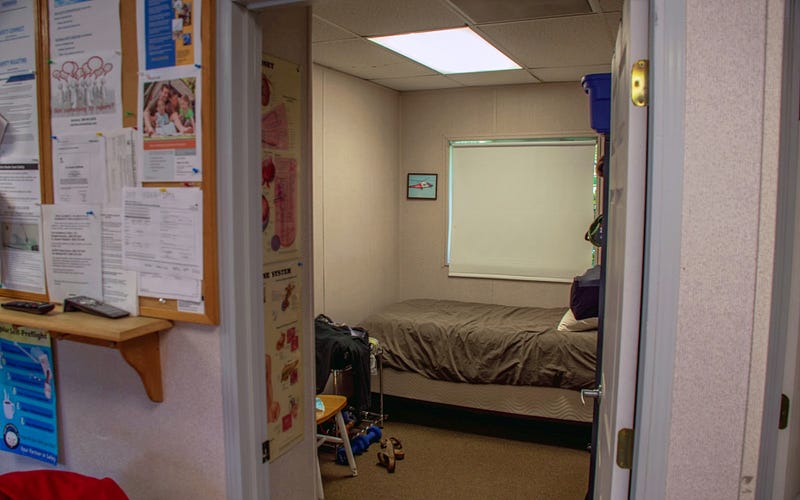

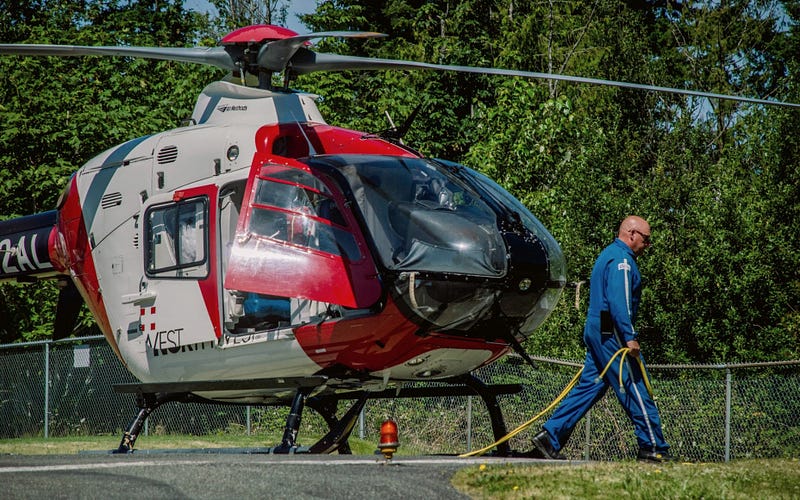
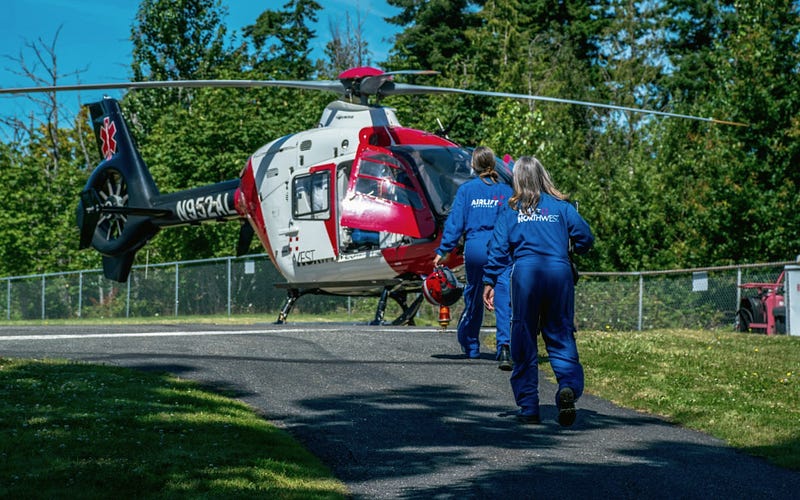
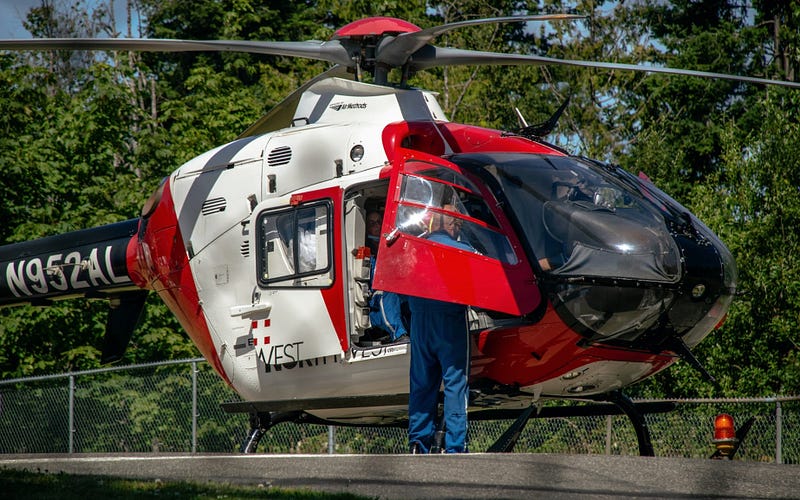
A day in the life of Michelle Hanson, a flight nurse for Airlift Northwest.
Photo Essay by Chase Hilden








